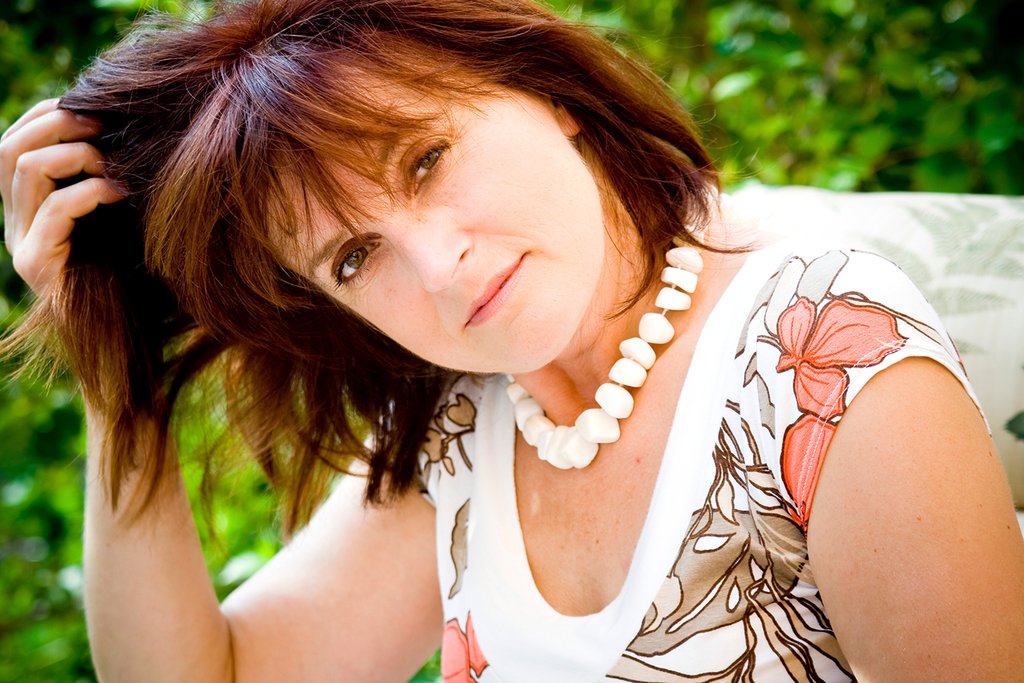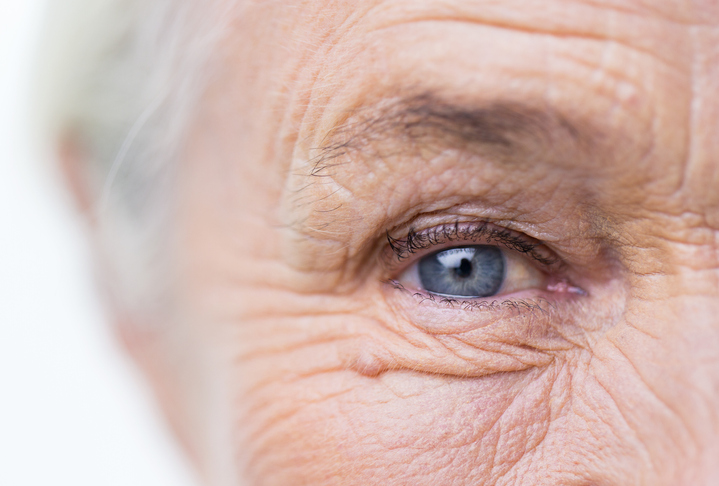Many wouldn’t dare dye their own hair for fear of a dye disaster. Here’s how to do it right
By Lola Augustine Brown
Home hair dyeing can be a touchy subject for some people. There are, of course, millions of women who dye their own hair successfully at home, but there are also many who won’t for fear that they’ll mess it up, or because they ’ve had it go disastrously wrong at some point in their lives.
One great reason to use a home hair colour is that the price is right. Sure, most of us would love to have our hair coloured professionally every six weeks in a wonderful salon, as we’re pampered while sipping on a latte, but this isn’t always practical or affordable. Home hair colouring rarely costs more than $20, and you can do it whenever you can find the time and, of course, in the comfort of your own home.

“Hair colour has come a long way in even the past seven years, in terms of both the results and the base of the formulas,” says Keon Zhang, Garnier’s Group Product Manager on hair colour. In terms of the actual colours, Zhang says that home products are now more closely aligned with the colours and trends that consumers are able to find in salons, including more multi-tonal shades and colours that give a more natural look that matches your original hair colour.
The products themselves are kinder to your hair these days and a lot less stinky to use, as many are ammonia-free or at least contain much less ammonia than they once did. The pigments used are different, too, leading to the ability to go bolder and have colours last longer than they might have previously. The new hair colours also often include nourishing ingredients that help condition the hair as they work their magic (Garnier’s Olia, for example, uses oils to implant the pigment into the hair). Tempted? Here are tips on how to do home hair colour right and keep that shade looking beautiful for longer.
Choosing the Right Product
There are dozens of different hair colours on the market, and finding the one to address your particular preferences—and one that’s in the perfect shade—is the best way to achieve your desired results. Don’t rush your choice or just go with the same products you’ve used before, because you may well find something that works much better for you.
“If you want to colour grey hair, it’s important to choose a colour product designed to cover that grey,” says Eric Del Monaco, L’Oréal’s official hair artist and colourist and owner of Del Monaco Hair Studio in Toronto. “People will come to the salon and say, ‘I bought the L’Oréal hair colour, but it didn’t cover the grey,’ and I’ll always say, ‘Which one?’ You have to get the right product for the job. L’Oréal’s Excellence line is going to give you proper grey coverage, whereas L’Oréal Féria consists more of fashion colours and isn’t designed to cover greys.”
The most common mistake that Zhang sees first-time users of home hair colour products make is choosing a colour they won ’t be able to achieve.
“The rule of thumb when choosing a colour is to go only two shades lighter or darker than your natural hair colour,” he says. “If you have very dark hair and buy a blonde hair colour, you ’re not going to get the hair colour you want.”
Del Monaco says that you might need help with some colour transitions. “Home hair colour can be great, but if you’re looking for a really dramatic change, such as going from a blonde to a brunette, then you should get a professional to do it for you.”
And then there are those who decide they want to change their already dyed hair to a lighter shade, which can be problematic.
“Once you’ve coloured your hair, it’s a two-step process to go lighter: you’ll need to bleach it to get rid of the colour and then go lighter. You should go darker only on already coloured hair,” he says. Again, that’s not something you’ll necessarily be able to do alone at home over your kitchen sink or bathtub.
So choose a product specifically designed to cover grey if you need that, and choose a colour that will be achievable given the colour you ’re starting with.
Getting the Application Right
The instructions that come with hair dyes are pretty self-explanatory, and you’re likely to go wrong only if you stray from them. If you’re nervous, there ’s more support to be found online.
“We have lots of instructional videos on our site, garnier.ca, that will show you how to apply each of our different hair colours. These five-minute videos are full of tips and tricks to help you get it right,” Zhang says.
One important step that many people skip is the strand test.
“Dyeing your hair at home is quite safe these days because the colours are so gentle, but doing that strand test is a good idea because you never know whether you’re going to have a reaction to a certain chemical in the product,” Del Monaco says. “You also need to know exactly where you’re headed with that colour. The strand test could make you decide that this brown is a little too dark or that there’s not enough punch in the red—and save you from not liking the colour when you ’ve done your whole head in it.”
When it comes to touching up your roots, a common mistake is simply putting the colour on all over.
“What happens then is that the roots end up a couple of shades lighter,” Del Monaco says. “You need to apply colouring to your roots very carefully for the recommended processing time and then mush it through the rest of your hair and leave it on for five minutes to revive the existing colour. If you put it on all over like a shampoo, the ends that are already coloured end up going really dark.”
Protecting the Colour
Once you’ve rinsed the dye off and are completely smitten with your gorgeous new hair colour, then of course you’re going to want to keep it looking fresh for as long as possible. Every time you wash it, you ’re rinsing some colour out, so going gentle on that front will help, and spraying with dry shampoo will help extend the time between washes.
How you wash it also matters.
“For the first few weeks after getting your hair coloured, especially if you’re a redhead, don’t use super-hot water to wash your hair because it opens the cuticle and allows the colour to escape,” Del Monaco says. “Use tepid water instead during that period while the colour settles in, and, if you can stand it, use a cold rinse.”
Another piece of advice from Del Monaco is to use a specialty shampoo to keep that colour looking strong: “You’ve spent all that effort and money to colour your hair, so it makes sense to spend a little more on a shampoo and conditioner that’s going to increase the longevity of that colour.”
What to Do If You Don’t Like It

“A lot of people think that if they’re going to strip or remove a colour, it’s going to go back to their natural colour, but it’s not. You’re going to be left with a really pale, nonpigmented hair colour that you’re going to have to treat afterwards with colour or even another light bleaching,” he says.
Whatever brand you go with, you’ll probably find on the back of the box a customer-care line you can call for advice to help you deal with an outcome you aren’t happy with.
“When you call Garnier customer care, you’re put through directly to a hair colour expert who is going to help you achieve whatever you need, whether it’s how to fix the colour or how to apply it in the first place,” Zhang says.
If you follow the instructions and choose a shade that isn’t too far from your own, chances are that it will turn out exactly as you hope and that you’ll be thrilled with the results.
Photos: iStock





